Dollars for Ducks
At DU events, members just like you come together to have fun and raise money for conservation
At DU events, members just like you come together to have fun and raise money for conservation
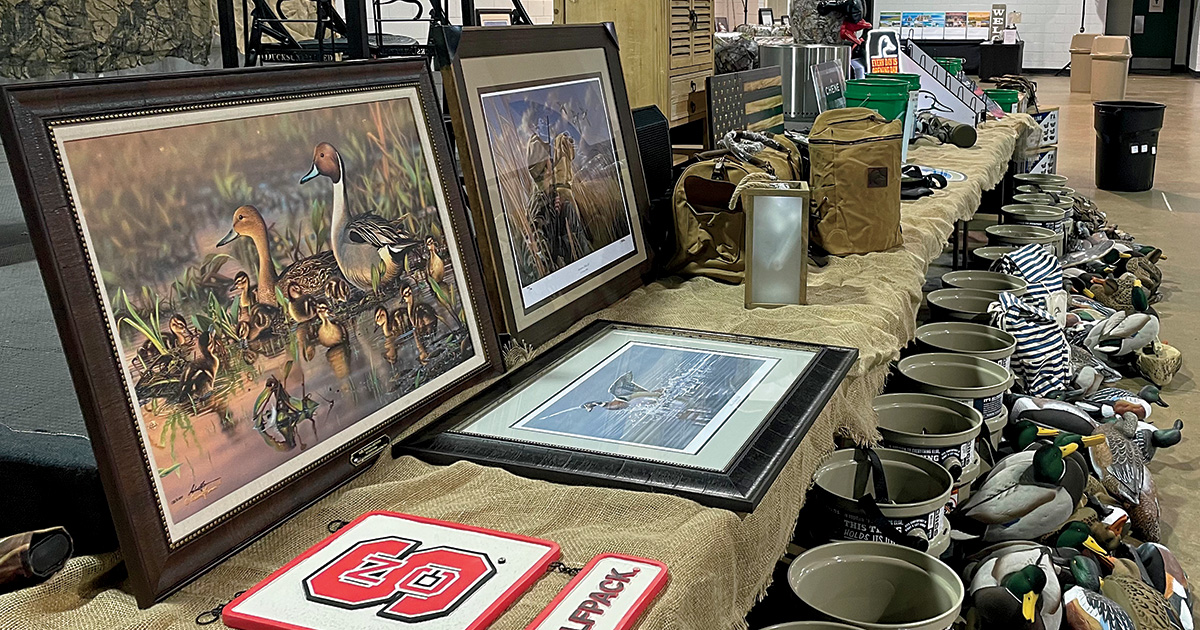
At its core, the mission of Ducks Unlimited is quite simple: habitat conservation. It is a mission that requires a collective effort to restore, enhance, and protect those places used by waterfowl across North America’s four major waterfowl flyways. DU conserves crucial habitat from the vast wetlands and river deltas of the Alaskan wilderness to the coastal prairies, marshes, and bays along the Gulf of Mexico, and from California’s Central Valley across the United States to the Chesapeake Bay and all along the Atlantic seaboard.
Delivering habitat conservation at this scale requires vision, planning, commitment, research, and, of course, funding. What follows is a look at a vital part of DU’s fundraising efforts and how the organization’s staff and volunteers raise “dollars for ducks.”
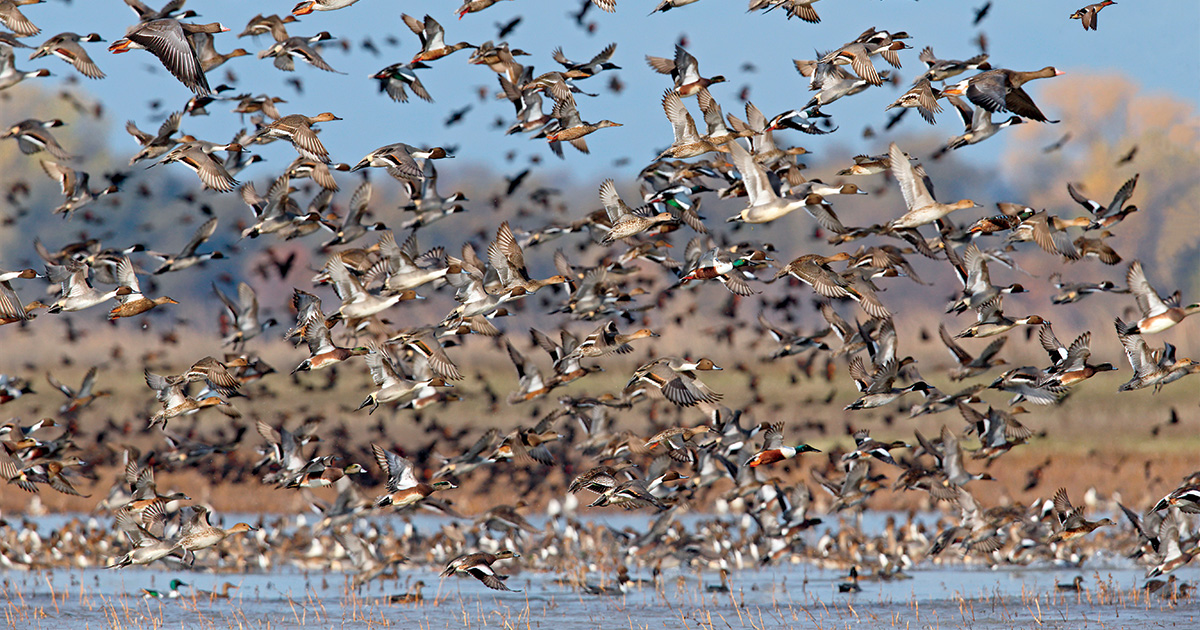
DU has many methods of fundraising, but the goal is always the same: conserve wildlife and their habitats so they can be enjoyed for generations to come.
Much of the funding DU uses to pay for staff, equipment, policy efforts, and other conservation work can be traced back to the support of the organization’s 650,000 members and their passion for waterfowl and waterfowl hunting. Many members show their support by attending one of the thousands of annual fundraising events organized by DU regional directors and teams of volunteers.
Last year, over 4,000 such events were held across the country, raising around $60 million for habitat conservation, explains David Schuessler, DU’s chief event fundraising officer. How these funds will be spent is determined through the development of DU’s annual budget—a process directed by a committee of DU staff and volunteers. Each committee member brings an informed perspective to the conversation. Ultimately, the committee’s plan for the money earned at fundraising events must be approved by DU’s board of directors.
In 2022, 84 percent of the money raised by DU went to wetlands and waterfowl conservation and education, helping to protect and conserve more than 575,000 acres of wetlands and other wildlife habitats in the United States.
“The funds from DU events are what we call ‘traditional’ or ‘unrestricted’ income, meaning that, unlike a donation that is given by a donor and directed specifically to one of DU’s conservation initiatives, these dollars can be spread out across the organization,” Schuessler explains. “The money can go where it is needed most.”
This means that funds raised at a single event in one state may pay for wetland restoration work in Canada, cover staff costs at a regional DU office, and support youth outreach and education efforts across the country.
“The flexibility of these unrestricted funds helps DU adapt to needs on a year-to-year basis,” Schuessler continues. “The goal remains the same, however. In order to have the largest impact on habitat conservation, we have to get the most out of each and every dollar raised at our events.”
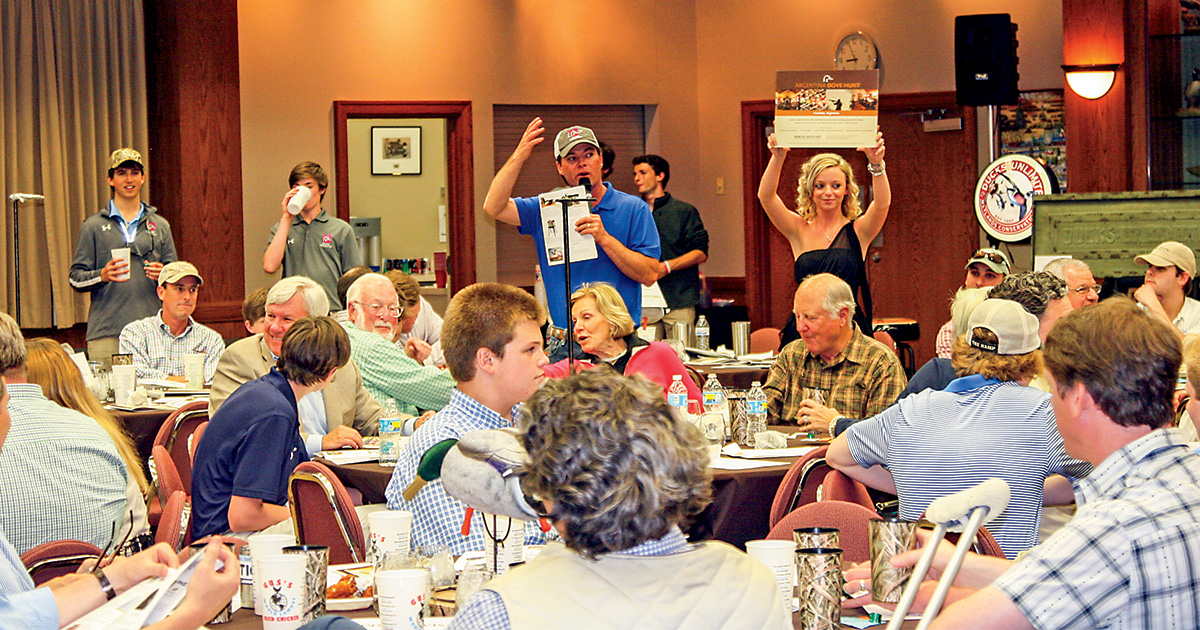
The origins of this banquet model can be traced back to the 1960s. In his book The Ducks Unlimited Story, Michael Furtman credits DU volunteers in Wisconsin with first using a dinner event to build membership numbers and, more importantly, spread the word about the work DU was doing for wetlands and waterfowl. Eventually, these membership dinners became the event of choice for DU chapters across the country and fueled the organization’s phenomenal growth through the 1970s and 1980s.
Schuessler says, “I think the greatest mark of success of this banquet model is how it became the way that virtually all other nonprofit organizations, conservation and otherwise, developed their membership base. DU was the first to do it, and the membership banquet remains a very important tool to this day.”
The COVID-19 pandemic posed a real threat to DU’s banquets, just as it did for nearly every other aspect of daily life. When social distancing concerns brought this method of raising funds to a halt, DU staff, volunteers, and members rose to the occasion.
Schuessler says the Lancaster County, Pennsylvania, chapter was among the first to modify fundraising events in response to the pandemic. In March 2020, they transitioned their traditional banquet to an online event, complete with auctions and raffles. In the weeks and months that followed, DU chapters around the country began to hold online fundraisers, helping DU weather what could have been a disastrous storm.
“It was a great example of the creative thinking of our volunteers. They found a way to interact with our members and keep their fundraising efforts going forward in spite of all that was going on. And it also showed the determination of our thousands of members who wanted to maintain their support for DU,” Schuessler says. “Many of the fundraising tools introduced during the pandemic remain in place today, and our members, whether they are participating in an online raffle or placing bids in an online auction, continue to do so because they know that the end result is going to be more funding for conservation across the continent.”
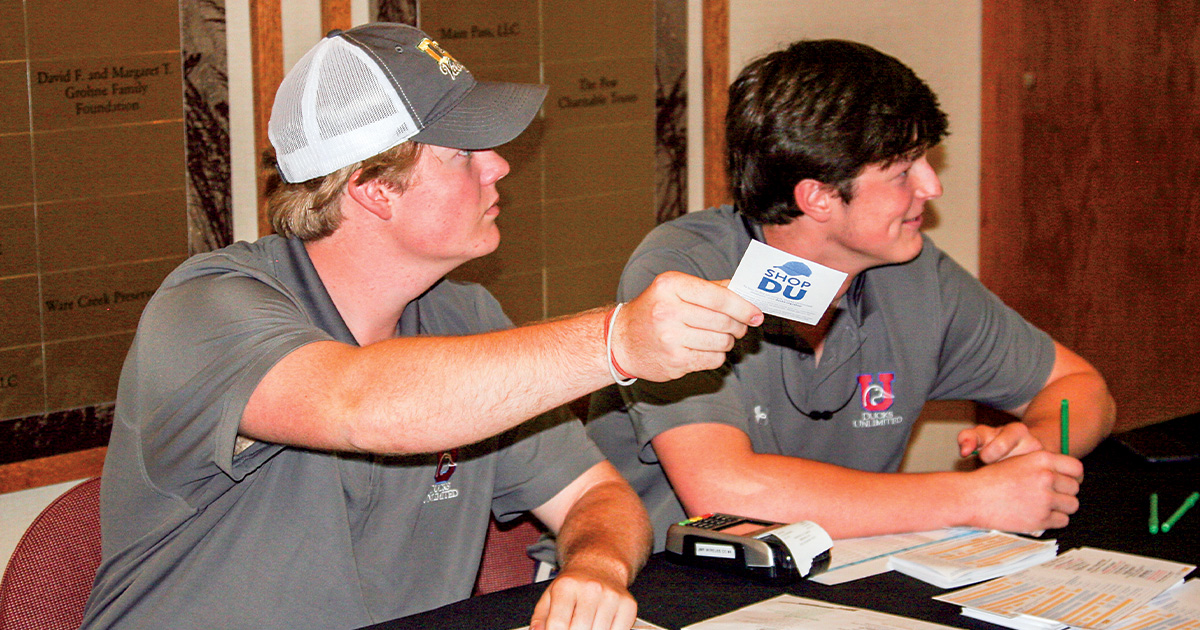
High school and university chapters have become fundraising powerhouses. They encourage young people to get involved and help instill a lifelong passion for conservation.
As impressive as the development of online fundraising has been for DU, what’s perhaps even more impressive is the recent growth of high school and college chapters. The young DU members who are organizing these chapters are turning their youthful energy and passion for waterfowl and waterfowl hunting into dollars for conservation.
Justin Aycock, DU’s manager of youth engagement programs, says that DU members in high school and college often become interested in starting a chapter because they want to spend more time with others who enjoy mornings in the blind, the sound of whistling wings overhead, and the companionship of an excited Labrador eager to make a retrieve.
“I think these younger members really enjoy the opportunity to be a part of the waterfowl hunting culture. There is a bit of school pride that comes into play, and maybe wanting to outdo a rival school, but I really think a lot of it just boils down to wanting to spend time enjoying being a part of something they love,” Aycock says.
DU’s first high school fundraising event was held in 2003 at Collierville High School in Collierville, Tennessee. Since then, the number of active high school chapters has steadily increased. In 2022, 33 active chapters from 12 different states helped raise more than $700,000 for habitat conservation.
“The high school chapters require a bit of help from adults, but the kids are the ones planning the event and learning what it takes to build a budget and balance a checkbook,” Aycock says. “It has proven to be a great learning experience for these high school youth.”
The first DU collegiate fundraising events took place in 1984 at the University of Texas at Austin and at Louisiana State University. In recent years, the DU university program has grown to 110 chapters from 34 states. Last year, those chapters hosted 175 events, raising $2.9 million for DU’s conservation mission. The chapter at North Carolina State University earned top honors, raising nearly $250,000.
During the summer, university-chapter volunteer leaders gather at DU headquarters for the “Third Term” leadership summit to learn about conservation, leadership skills, and fundraising techniques. Aycock says that the skills associated with leading a DU university chapter are drawing the attention of potential employers when the college volunteers interview for jobs.
Perhaps even more importantly, Aycock says, involvement in DU’s university program is proving to be a gateway experience, helping introduce thousands of college students to the importance of habitat conservation by providing the education and social connections necessary to begin or return to waterfowl hunting, while also building the foundation for a commitment to conservation as an adult DU volunteer.
“We are seeing a clear progression of college DU volunteers continuing on after graduation and staying involved with their support for habitat conservation,” Aycock says. “We have folks who got their start with DU in high school, went on to lead a chapter in college, and even joined DU as staff members. Many more continue as volunteers and step into leadership roles in an adult DU chapter.”
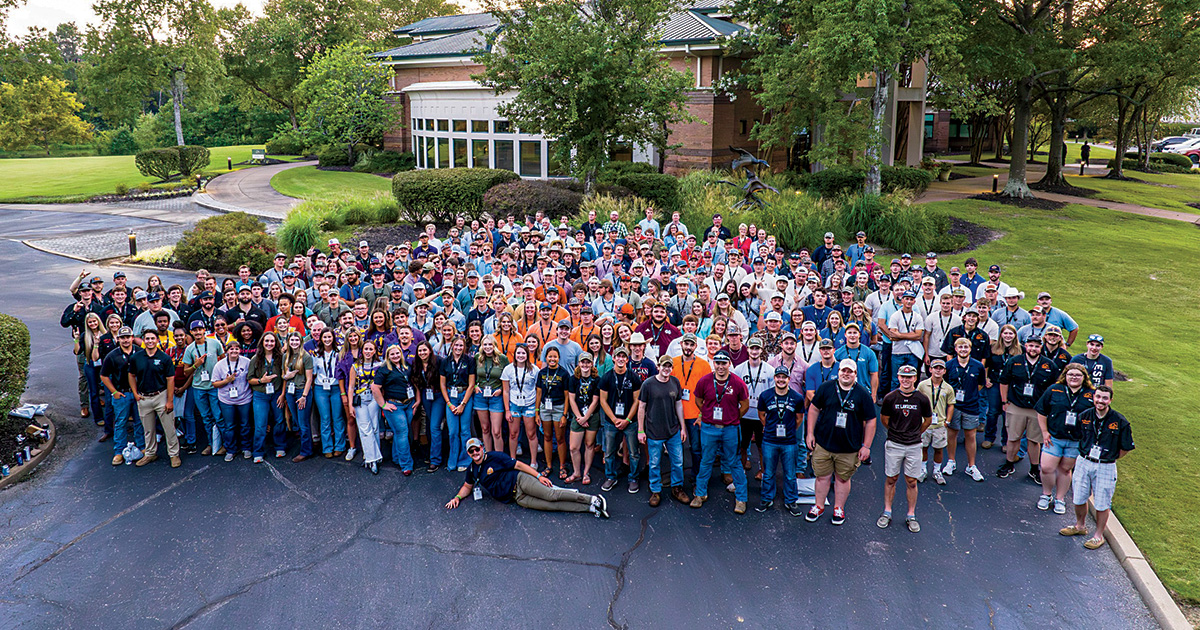
Every summer, DU’s Third Term leadership summit attracts hundreds of university chapter volunteers from across the country.
“DU’s fundraising model would cease to exist if not for the more than 30,000 volunteers who help make it all happen,” Schuessler explains. “There is simply no way our field staff could make the more than 4,000 events happen each year.”
And when the efforts of these volunteers are combined with the support of other DU members and the dedication and knowledge of DU staff, the mission of habitat conservation not only becomes possible, it turns into a powerful force for change, fueled by the passion of those committed to waterfowl and waterfowl hunting and ready to impact the future of conservation for generations to come.
Ducks Unlimited uses cookies to enhance your browsing experience, optimize site functionality, analyze traffic, and deliver personalized advertising through third parties. By continuing to use this site, you agree to our use of cookies. View Privacy Policy